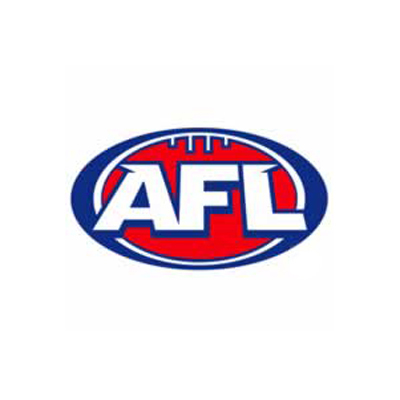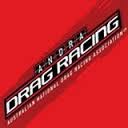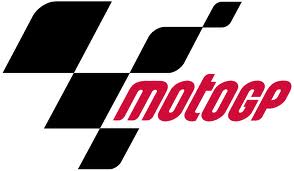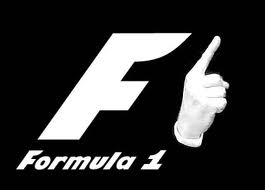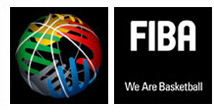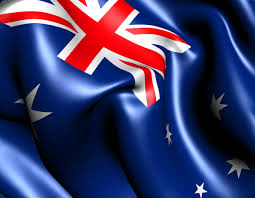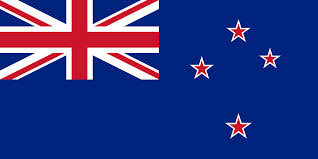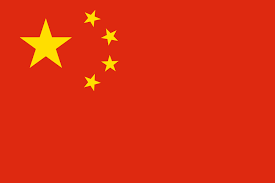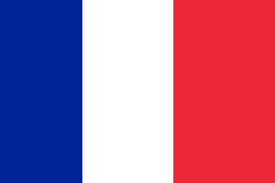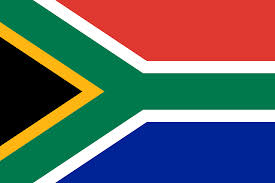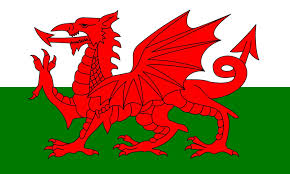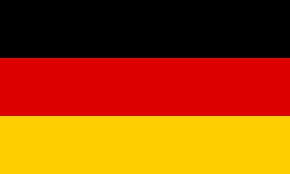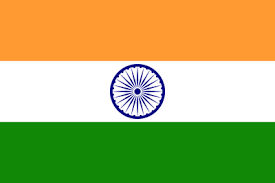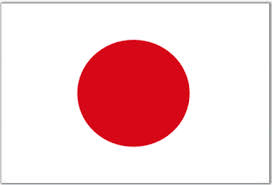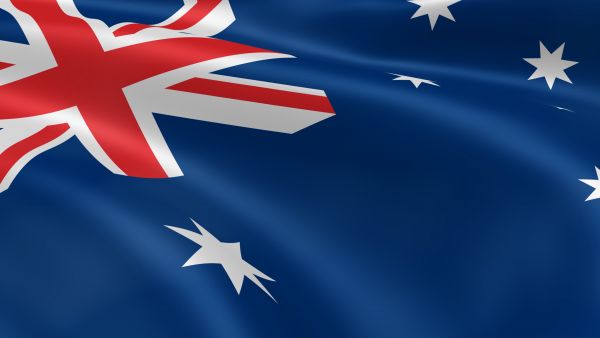SELECT A SPORT
REGIONAL
-
- Abbottstown
- Adelaide
- Albany (West Aust.)
- Albury
- Alexandra (Vic)
- Alice Springs (NT)
- Anchorage
- Antioch (NC)
- Archerfield
- Ashland USA
- Atlanta
- Auburn (Michigan)
- Auckland (NZ)
- Baccus Marsh (Vic)
- Ballarat
- Baltimore
- Banks (Oregon)
- Barberville (Florida)
- Barcelona
- Baton Rouge Louisian
- Baytown (Texas)
- Beaver Dam
- Bechtelsville USA
- Belgrade (Montana)
- Bendigo
- Black Rock (Melbourne)
- Boston
- Bridgeport Connectic
- Brisbane
- Bunbury (WA)
- Bundoran
- Cairns
- Casa Grande (Arizona)
- Casino (NSW)
- Caulfield
- Charleston
- Charlotte
- Chatham
- Chicago
- Chillicothe
- Cleveland Ohio
- Cocopah (Arizona)
- Columbus (Mississippi)
- Cottage Grove (Oreg)
- Dallas
- Daylesford
- Daytona Beach (Florida)
- Denver
- Detroit
- Devonport (Tasmania)
- Dubai
- Dubbo (NSW)
- Eagle (Nebraska)
- Edinburgh
- Euroa (Victoria)
- Ferntree Gully (Vic)
- Francorchamps
- Ft. Worth (Texas)
- Geelong
- Gillman (South Australia)
- Gippsland
- Gladstone (Qld)
- Glasgow
- Glen Innes (NSW)
- Gold Coast
- Grafton
- Great Falls (Montana)
- Harford County
- Hartford (Michigan)
- Hartford Connecticut
- Heathcote (Victoria)
- Hidden Valley
- Holyoke
- Horsham
- Houston
- Indianapolis, Indian
- Ipswich
- Iquique (Chile)
- Jackson, Mississippi
- Jan Juc
- Jeffreys Bay
- Jim Falls (Wisconsin)
- Jinzun Harbour (Taitung)
- Kansas City
- Keilor (Vic)
- Kellyville (Oklahoma)
- Kerala
- Kiev
- Kingscliff (NSW)
- Knoxville
- Kwinana (WA)
- La Jolla
- Las Vegas (Nevada)
- Launceston (Tasmania)
- Lebanon (Oregon)
- Lennox Head (NSW)
- Linz
- Little Rock, Arkansa
- Los Angeles
- Lubbock (Texas)
- Macau
- Mackay (Qld)
- Manama (Bahrain)
- Margaret River
- McCool Junction (Nebraska)
- Melbourne
- Melton (Vic)
- Mesa (Arizona)
- Miami
- Mildura
- Milwaukee
- Moama
- Moranbah (QLD)
- Moscow
- Moulton
- Mount Gambier (South Aust.)
- Mount Isa (Qld)
- Mount Pleasant (Michigan)
- Muirfield
- Murray Bridge (South Aust)
- Nadi (Viti Levu)
- Nanjing
- New Egypt (New Jersey)
- New Orleans Louisian
- New Western, Ohio
- New York
- Newcastle
- Newtown
- Nyora (Victoria)
- Oahu (Hawaii)
- Ocala
- Ocean Grove (Victoria)
- Ohsweken (Ontario)
- Oklahoma City, Oklah
- Orlando
- Padang Padang
- Palmer
- Papara Beach
- Park City (Kansas)
- Parkersburg, West Vi
- Perth
- Petaluma
- Philadelphia
- Phoenix
- Pittsburgh
- Playa Grande
- Playa Popoyo
- Podington (Bedfordshire)
- Port Macquarie
- Portland
- Punta Rocas (Peru)
- Rajasthan
- Rapid City (South Dakota)
- Riyue Bay (Hainan)
- Rossburg
- San Francisco
- San Tan Valley (Arizona)
- Santa Maria (California)
- Sayulita (Mexico)
- Shepparton (Vic)
- Siargao Island (Philippines)
- simpson
- Sochi
- Somerton (Arizona)
- Springfield (Missouri)
- St. Albans (Hertfordshire)
- St. Andrews
- Stockton
- Sunshine Coast Queen
- Sutton (Nebraska)
- Suzuka
- Swan Hill (Vic)
- Sydney
- Tamworth (NSW)
- The Hague
- Toowoomba
- Torino
- Toronto
- Torquay (Vic)
- Townsville
- Trakai
- Tuamoto Islands
- Tucson (Arizona)
- Venice
- Vidarbha
- Virginia (Adelaide)
- Virginia Beach (Virginia)
- Vladivostok
- Wahgunyah. (Vic)
- Wanning (Hainan)
- Warrnambool
- Washington DC
- Watson
- Watsonville
- Wheatland (Missouri)
- Whyalla (SA)
- Wimbledon
- Yallingup (Western Australia)
- Yea (Victoria)
-
 - All Sports
- All Sports







